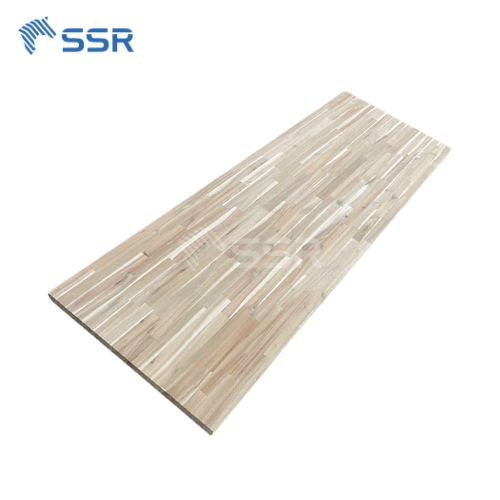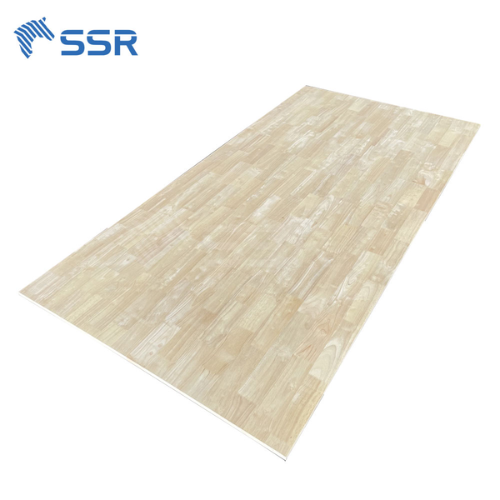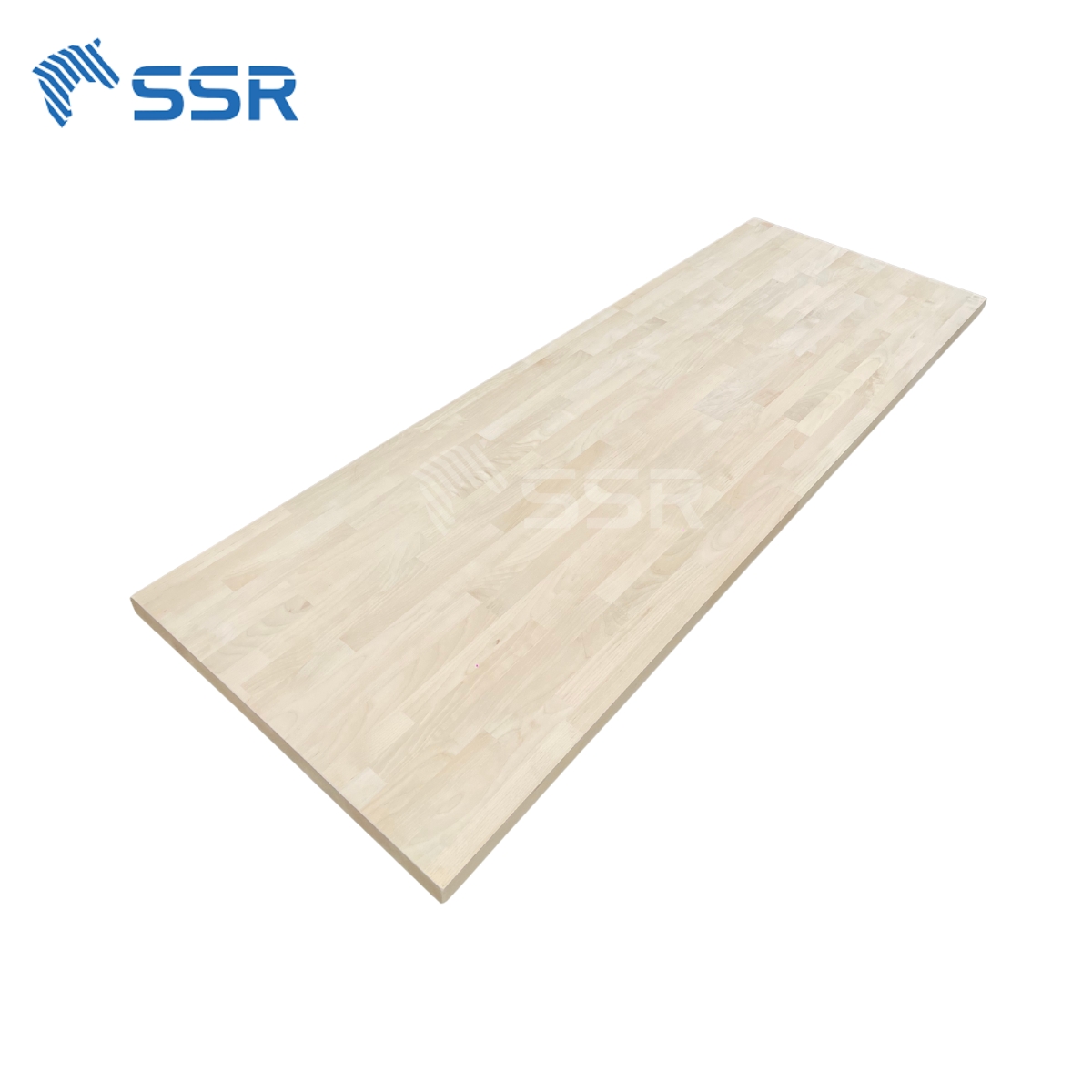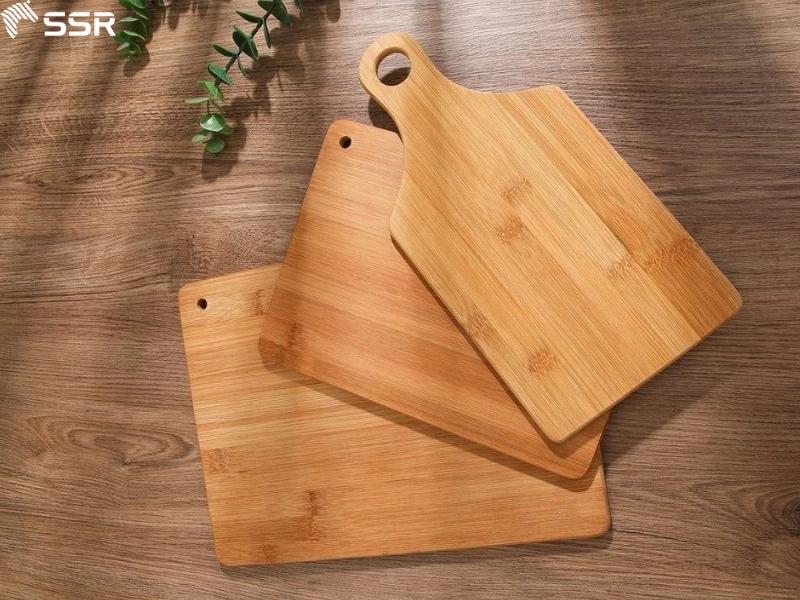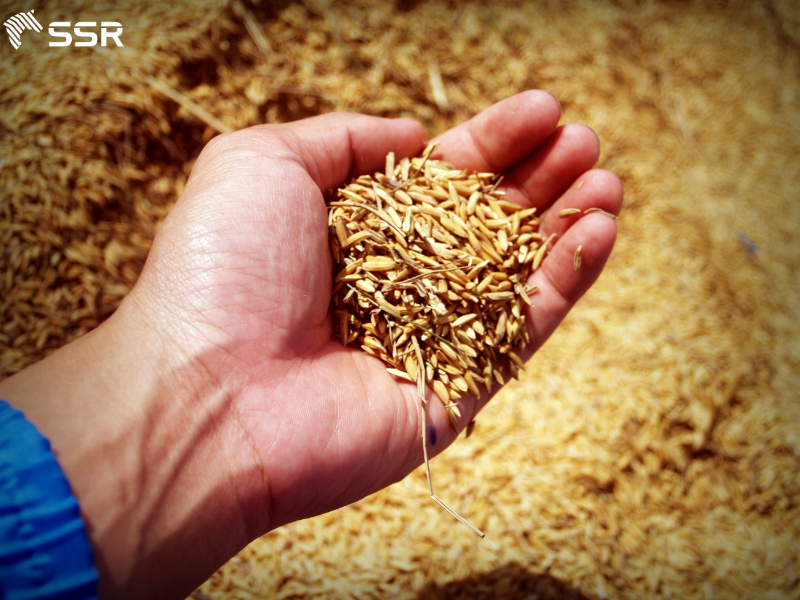NEWS
1. Rubberwood/ Hevea general information
The rubber tree is also known as Pará rubber tree, scientifically named Hevea brasiliensis, is native to the Amazon region and grows around the world. However, rubber trees are mostly grown in Southeast Asia. In Vietnam, rubber trees are planted into industrial forests with an area of hundreds of thousands of hectares and concentrated mainly in Southern Vietnam, accounting for 71% of the country’s rubber plantation area. Rubber trees can be harvested for latex from the 5th year onwards.
After finishing the latex collection process, rubber trees will be harvested to provide materials for the wood industry. At this time heartwood is pale yellow, sapwood color is not much different from heartwood. The wood industry in Vietnam is growing in both the domestic and export markets. Currently, Vietnam is the world’s third-largest natural rubberwood exporter.
2. Rubberwood specification
Finger joint wood board made by cutting a set of complementary, interlocking profiles in two pieces of wood, joining wood pieces together, which are then glued into wood plank.
Rubberwood has many outstanding features such as abundant material sources, environmentally friendly, very easy to engrave, easy to paint and nail very well. Rubberwood is also less warping or shrinkage after drying.
Besides, it should also pay attention to some disadvantages of rubber wood such as resistance to termites, mold is not high. It is also difficult to distinguish between sapwood and heartwood that are yellowish-white.

However, these disadvantages can be eliminated through careful kiln-dry and chemical treatment. Therefore, rubberwood is widely applied to both indoor and outdoor furniture.
3. Rubberwood application
Rubberwood is widely used for many purposes ranging from tables and chairs, wardrobes, beds to countertops in kitchen, living room or office. In Vietnam, rubberwood is often the main material for carpentry workshops and furniture factories.
See more: Rubberwood Finger Joint Board
Featured Products
Acacia Wood Butcher Block Countertops Supplier
Specifications:
- Species: Acacia
- Moisture: < 12%
- Wood Stave (Length): 150-400 mm
- Wood Stave (Width): 30-80 mm
- Length & Width tolerance: 0/+3 mm
- Thickness tolerance: +/- 0.2 mm
- Glue: D4
- Quality: AB, BC or customized
- Surface finish: Sanding 180-240 grit, 2 faces
Rubberwood Finger Joint Board Supplier
- Species: Rubberwood
- Moisture: <12 %
- Wood Stave (Length): 150-600 mm
- Wood Stave (Width): 35-80 mm
- Length & Width tolerance: 0/+3 mm
- Thickness tolerance: +/- 0.2 mm
- Glue: D4
- Quality: AA, AC or customized
- Surface Finish: sanding 240-320 grit, 2 faces
Birch Butcher Block Countertop Supplier
Specifications:
- Species: Birch
- Moisture: < 12%
- Wood Stave (Length): 150-400 mm
- Wood Stave (Width): 20-80 mm
- Length & Width tolerance: 0/+3 mm
- Thickness tolerance: +/- 0.2 mm
- Glue: D4
- Quality: AB, AC or customized
- Surface finish: Sanding 180-240 grit, 2 faces.
Featured News
Related News
Bamboo Cutting Board Tips for Distributors – SSR VINA
Bamboo has become a popular alternative to traditional hardwoods when it comes to kitchen cutting boards. But is it really a good choice for your kitchen? In this guide, we’ll cover everything from the benefits and downsides to care instructions, environmental impact, and FAQs. What is a Bamboo Cutting Board? A bamboo cutting board is […]

Biomass Energy: The Natural Powerhouse of Renewable Energy
In the search for sustainable energy solutions, biomass stands out as one of the most promising alternatives to fossil fuels. But what exactly is biomass, and why is it gaining attention around the world? Let’s explore how this natural energy source works, where it’s used, and what the future holds. What Is Biomass? Biomass refers […]

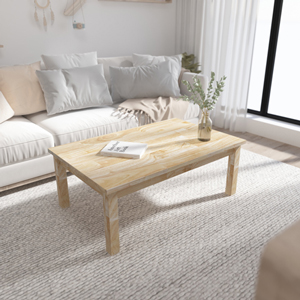
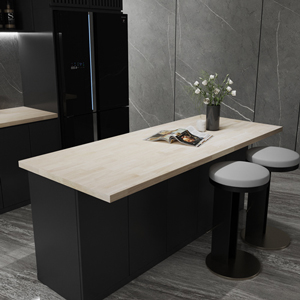
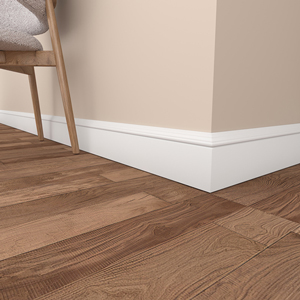
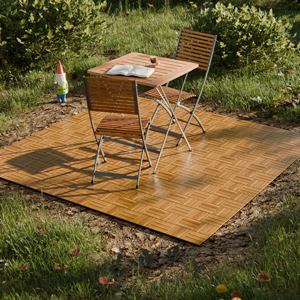
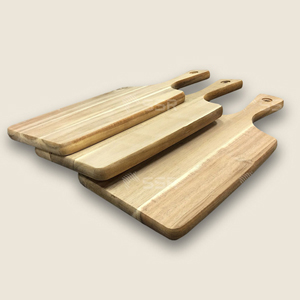
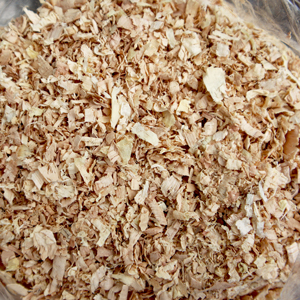

 Tháng 6 28, 2023
Tháng 6 28, 2023 | SSR
| SSR